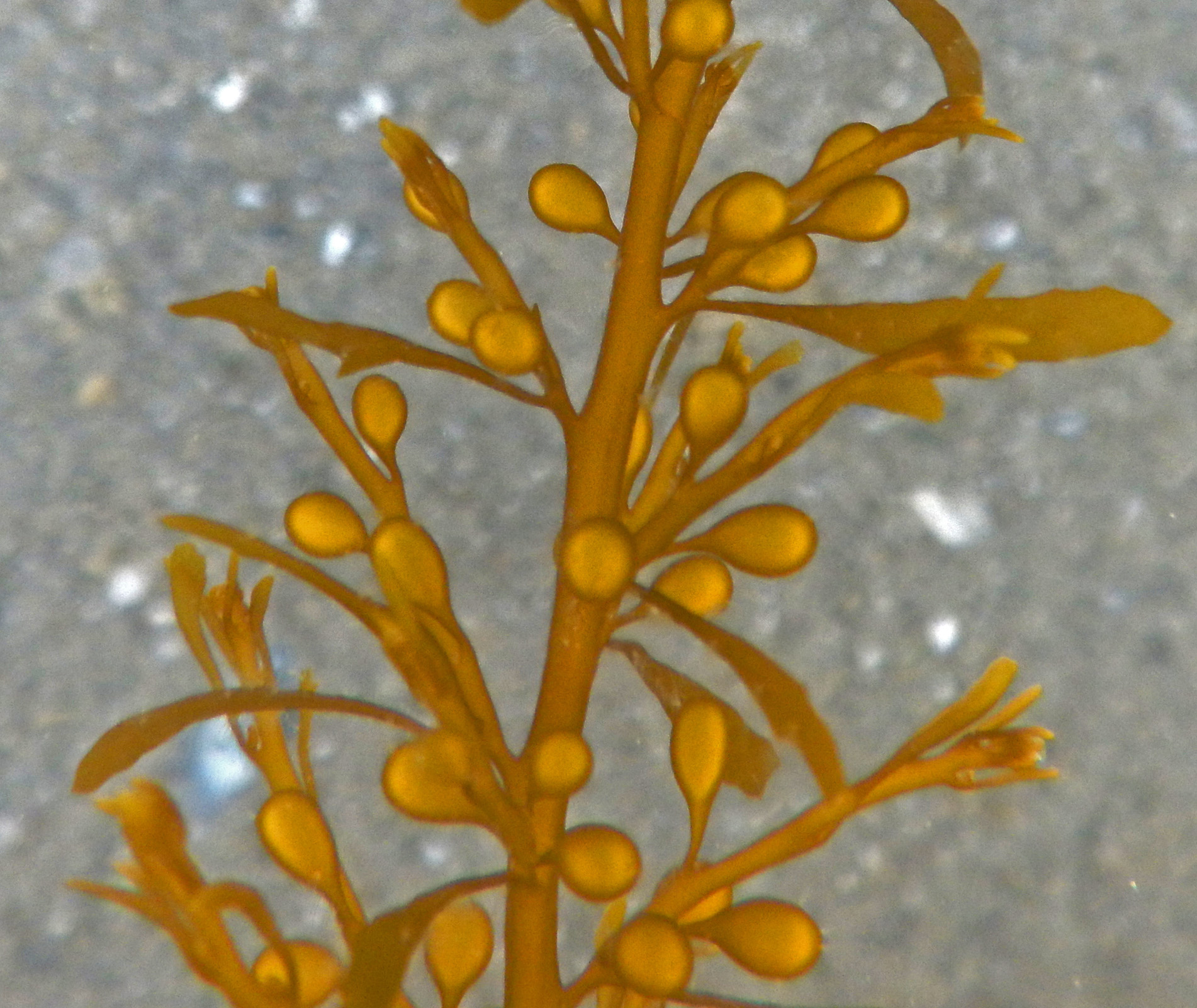|
Wireweed
Wireweed may refer to several organisms, including: * ''Amphibolis ''Amphibolis'' is a genus in the family Cymodoceaceae. It includes two species of sea grass endemic to the western and southern coast of Australia, '' Amphibolis antarctica'' and '' Amphibolis griffithii'', commonly known as sea nymph or wire ...'', a genus of marine flowering plants in the family Cymodoceaceae * '' Polygonella'', a genus of flowering plants in the knotweed and smartweed family, Polygonaceae. * '' Rigiopappus leptocladus'', a species of flowering plant in the daisy family, Asteraceae. * '' Sargassum muticum'', also known as the Japanese wireweed, is a large brown seaweed of the genus ''Sargassum''. * ''Sida'' (plant), a genus of flowering herbs and subshrubs in the mallow family, Malvaceae. {{Plant common name ... [...More Info...] [...Related Items...] OR: [Wikipedia] [Google] [Baidu] |
Sargassum Muticum
''Sargassum muticum'', commonly known as Japanese wireweed or japweed, is a large brown seaweed of the genus '' Sargassum''. It is native to the Western Pacific Ocean from coasts of China, South Korea, Japan, and southern Russia. During the mid-1900s, ''S. muticum'' was introduced to the Eastern Pacific Ocean, Atlantic Ocean, and the Mediterranean Sea. In some non-native habitats, it is an invasive species due to its high growth rate and efficient dispersal. Description ''Sargassum muticum'' is a brown seaweed, normally brown to yellowish with a length up to 10 m. It is an autotroph that uses energy from sunlight. The photosynthesis is facilitated thanks to aerial vesicles which allow the seaweed to rise to the water's surface. ''Sargassum muticum'' is composed of two distinct parts: a perennial part, which contains the holdfast and one or more short main axes; and an annual part: the secondary axes, which develop on the main axis, whose growth is unlimited and whose size is va ... [...More Info...] [...Related Items...] OR: [Wikipedia] [Google] [Baidu] |
Rigiopappus Leptocladus
''Rigiopappus'' is a genus of North American plants in the tribe Astereae within the family Asteraceae. It is closely related to genus '' Pentachaeta''. ;Species The only known species is ''Rigiopappus leptocladus'', sometimes known as wireweed. It is an annual plant sending up slender stems terminating in small daisylike yellow flowers. It is native to the western United States (California, Nevada, Oregon, Washington, Idaho Idaho ( ) is a landlocked U.S. state, state in the Pacific Northwest and Mountain states, Mountain West subregions of the Western United States. It borders Montana and Wyoming to the east, Nevada and Utah to the south, and Washington (state), ...). References External links *Jepson Manual Treatment [...More Info...] [...Related Items...] OR: [Wikipedia] [Google] [Baidu] |
Amphibolis
''Amphibolis'' is a genus in the family Cymodoceaceae. It includes two species of sea grass endemic to the western and southern coast of Australia, '' Amphibolis antarctica'' and '' Amphibolis griffithii'', commonly known as sea nymph or wire weed. The seeds produce an anchoring comb of bristles while they mature on the female plant, giving the seedling a purchase when it arrives at a new site. A type of seagrass, the plants of this genus forms meadows on calcareous sands. These meadows, and their consequent detritus, become an important source of food and shelter for a number of marine species. The interweaving roots and leaves consolidate the substrate of the ocean floor, protecting it from erosion by currents and wave action. Species There are two species: *'' Amphibolis antarctica'' (Labill.) Asch. - SA Tas Vic WA *'' Amphibolis griffithii'' (J.M.Black) Hartog - SA WA References * * * External links Imagesof ''Amphibolis'' at Algaebase AlgaeBase is a gl ... [...More Info...] [...Related Items...] OR: [Wikipedia] [Google] [Baidu] |
Polygonella
''Polygonum'' is a genus of about 130 species of flowering plants in the buckwheat and knotweed family Polygonaceae. Common names include knotweed and knotgrass (though the common names may refer more broadly to plants from Polygonaceae). In the Middle English glossary of herbs ''Alphita'' ( 1400–1425), it was known as ars-smerte. There have been various opinions about how broadly the genus should be defined. For example, buckwheat (''Fagopyrum esculentum'') has sometimes been included in the genus as ''Polygonum fagopyrum''. Former genera such as ''Polygonella'' have been subsumed into ''Polygonum''; other genera have been split off. The genus primarily grows in northern temperate regions. The species are very diverse, ranging from prostrate herbaceous annual plants to erect herbaceous perennial plants. ''Polygonum'' species are occasionally eaten by humans, and are used as food plants by the larvae of some Lepidoptera species – see list. Most species are considered weeds i ... [...More Info...] [...Related Items...] OR: [Wikipedia] [Google] [Baidu] |
